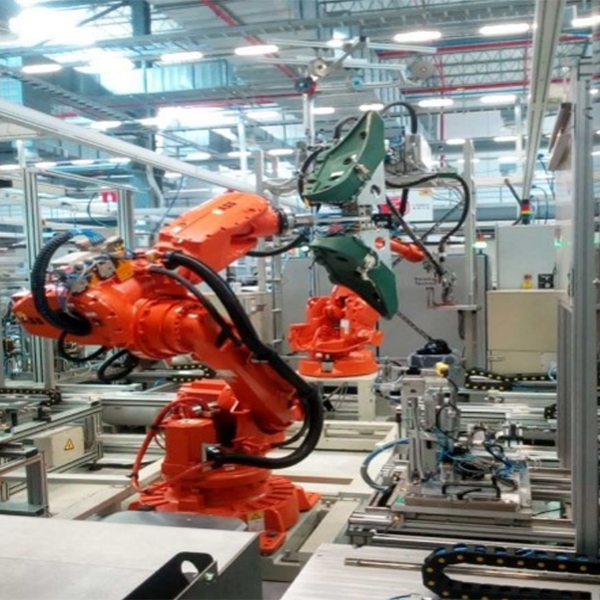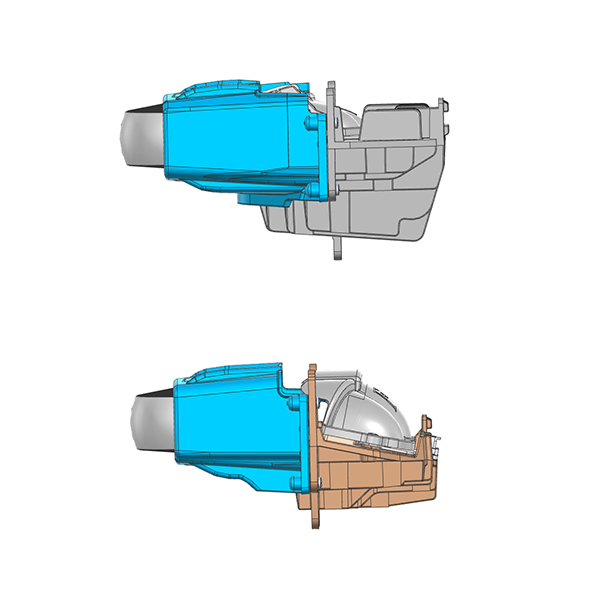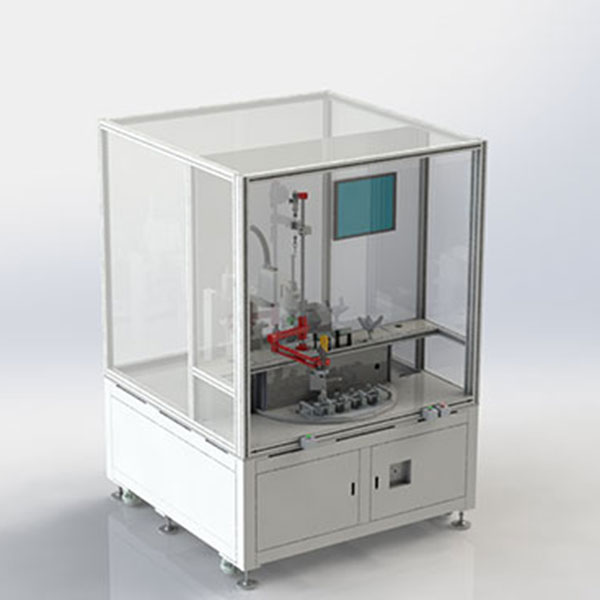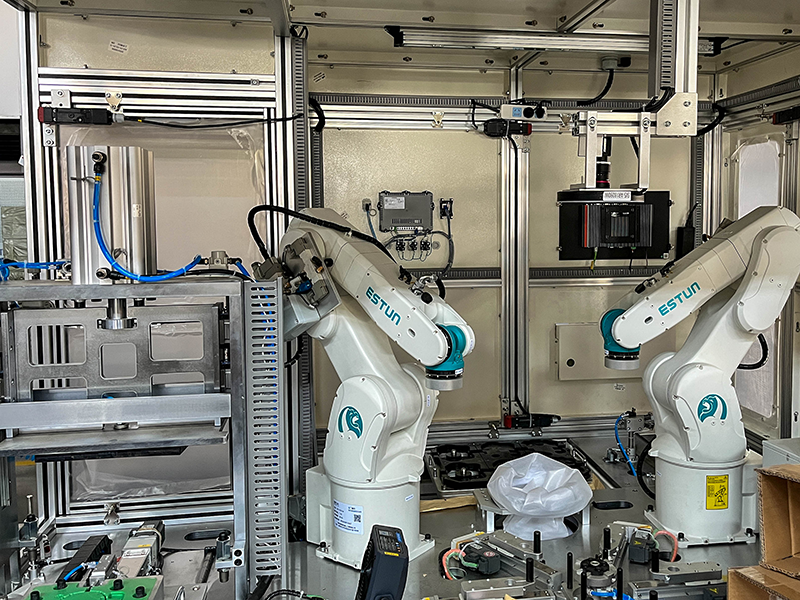Building Safer Self-Driving Cars Through Advanced Photometric Testing of Optical Systems
The global push toward autonomous driving is redefining the automotive industry, promising safer roads, reduced human error, and more efficient transportation. However, for self-driving cars to function safely, they must “see” and interpret the world around them with absolute precision. This visual understanding depends on the performance of complex optical systems—cameras, LiDARs, and illumination components—that detect objects, road markings, and environmental conditions. To ensure these systems work flawlessly, advanced photometric testing has become a cornerstone of modern automotive validation. By analyzing light performance, intensity, and distribution, photometric testing ensures that autonomous vehicles can make safe decisions in every possible lighting condition.
Optical systems are the foundation of autonomous perception. They enable self-driving cars to interpret surroundings in real time, identifying pedestrians, obstacles, and lane markers while adapting to changing environments. These systems rely on precise illumination, reflection, and detection of light—factors directly influenced by photometric properties. A single misalignment in a headlamp or sensor calibration can lead to visual inaccuracies, compromising safety. Through rigorous photometric testing, manufacturers can guarantee that light behaves predictably and consistently, ensuring the optical system functions as designed in every scenario.
Photometric testing measures how light is emitted, reflected, and perceived. It evaluates parameters such as luminance, color temperature, intensity distribution, and uniformity, providing a quantitative understanding of how optical systems perform. In automotive testing, this process validates headlights, taillights, and sensor-related illumination to ensure compliance with standards like ECE, SAE, and DOT. For autonomous vehicles, testing extends further—covering how LiDAR pulses interact with various materials, how cameras respond to glare, and how sensors adapt to day-night transitions.
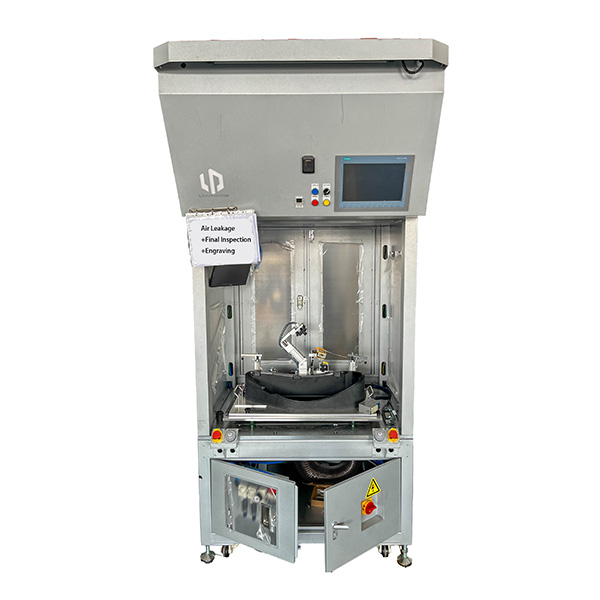
Self-driving cars must operate seamlessly under a vast range of conditions—bright sunlight, rain, fog, tunnels, or city lights. Each of these environments challenges the vehicle’s optical sensors differently. Advanced photometric testing helps engineers calibrate optical systems to maintain accuracy across these conditions. By simulating diverse light environments in controlled laboratories, engineers can identify vulnerabilities early and refine system parameters before production. This ensures the vehicle’s vision system remains stable, minimizing detection errors and maximizing reliability on the road.
Photometric test environments use precision equipment to replicate complex real-world lighting scenarios. From low-beam headlight glare and urban light pollution to reflections on wet surfaces, these simulations expose how optical systems react under stress. High-resolution photometric data allows engineers to fine-tune both hardware and software responses, ensuring sensors interpret visual input correctly. The goal is not just compliance—but confidence that the vehicle can handle the unexpected, even in visually demanding environments.
Artificial Intelligence plays a central role in processing optical data within autonomous vehicles. However, even the most sophisticated AI depends on the accuracy of the visual information it receives. Photometric testing ensures that sensors capture consistent, high-quality data, allowing AI algorithms to interpret scenes accurately. Whether detecting an oncoming cyclist or recognizing a faded lane line, the integrity of that visual information begins with properly tested optics. In this way, photometry directly supports AI performance, bridging the gap between hardware precision and intelligent decision-making.
Autonomous vehicle development is governed by strict lighting and optical standards. Regulatory frameworks such as ECE R112, FMVSS 108, and SAE J1383 define requirements for light distribution, beam pattern, and visibility. Photometric testing ensures compliance with these standards while enabling manufacturers to exceed them through enhanced quality control. For autonomous vehicles, exceeding compliance is not optional—it’s essential to earn public trust and regulatory approval for wide-scale deployment.
To achieve consistency and speed, modern photometric test systems are becoming highly automated. Automated optical testing equipment can precisely position sensors, control illumination, and capture measurements with minimal human involvement. These systems reduce variability, increase throughput, and provide real-time analysis. By integrating robotics and intelligent data processing, manufacturers can run continuous validation cycles, accelerating development while ensuring every component meets rigorous optical accuracy standards.
Advanced photometric systems are now linked to cloud-based monitoring platforms that allow remote supervision and diagnostics. Engineers can access performance data, calibration records, and trend analyses from anywhere, enabling predictive maintenance and faster troubleshooting. This connectivity reduces downtime, improves reliability, and ensures continuous compliance. For global automotive manufacturers, centralized cloud systems unify testing protocols across multiple facilities, maintaining uniform standards of quality worldwide.
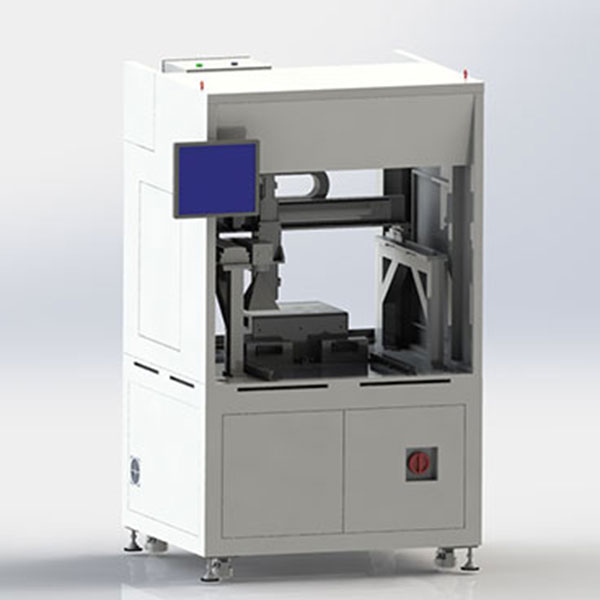
Every photometric test generates valuable performance data. By applying data analytics and machine learning, manufacturers can identify subtle trends that predict potential failures or performance drift. For example, consistent deviations in light intensity may signal the early stages of LED degradation or sensor misalignment. Detecting such issues before they affect production or field performance helps prevent costly recalls and strengthens overall product reliability.
Photometric testing is not a one-time validation—it’s an ongoing assurance process. As vehicles age, their optical systems can degrade due to heat, vibration, or environmental exposure. Periodic photometric evaluations during production and after field use ensure that light output and sensor performance remain within acceptable limits. This proactive approach helps maintain safety, reduces maintenance costs, and extends the service life of autonomous vehicle components.
In the era of autonomous mobility, public confidence is critical. Consumers must trust that self-driving vehicles can navigate safely under all circumstances. Photometric testing provides the transparency needed to build that trust. By documenting and verifying optical performance through measurable data, manufacturers can demonstrate adherence to the highest safety and quality standards. Transparent testing protocols help bridge the gap between technological advancement and user acceptance.
Building safer self-driving cars requires more than advanced AI and mechanical engineering—it requires mastery over light itself. Advanced photometric testing ensures that every optical component in an autonomous vehicle performs with precision, consistency, and reliability. From headlights to cameras and LiDAR systems, every beam of light is measured, calibrated, and validated to meet next-generation safety standards. Through rigorous photometric validation, automation, and cloud-connected diagnostics, manufacturers are creating vehicles that see more clearly, think more intelligently, and protect passengers with unprecedented reliability. As autonomous driving technology continues to evolve, photometric testing will remain the foundation of optical safety and the guardian of trust between humans and machines.

